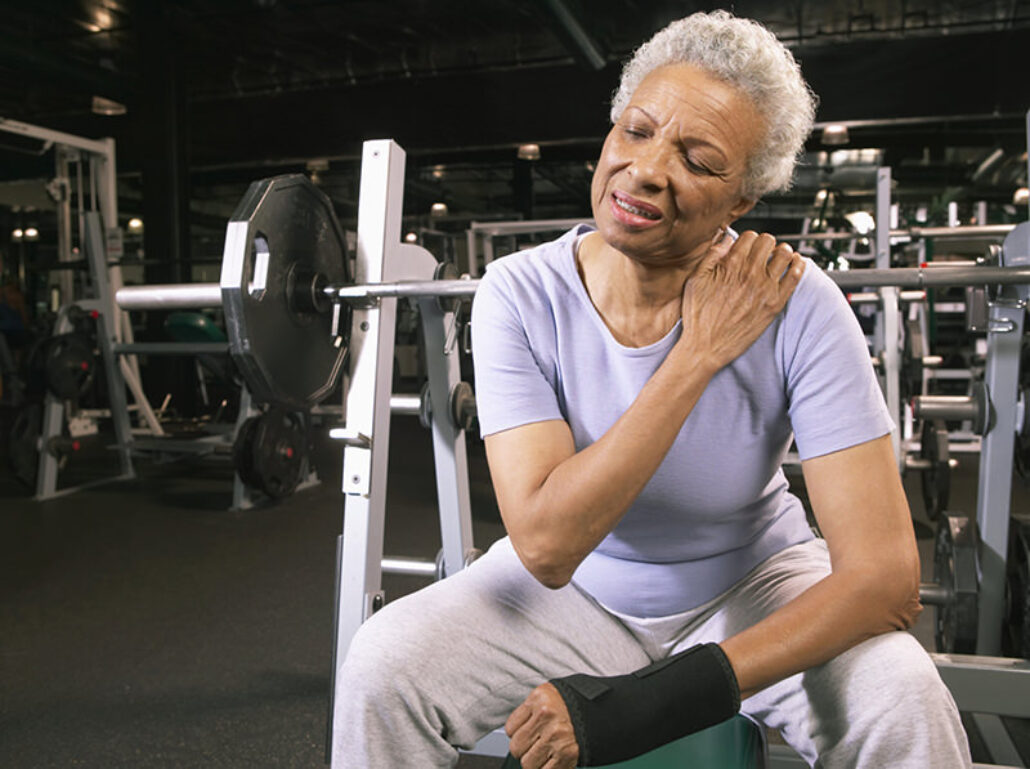Understanding the factors that contribute to osteoarthritis is the first step to prevention.
The function of our bodies may change as we age, but that doesn’t mean that osteoarthritis and joint pain are an inevitable part of the aging process. Osteoarthritis is a disease. It is common across different ethnic groups, and usually appears after age 45. Between the ages of 45 and 55, osteoarthritis is more common in men than in women, but after 55, there is an increase in the number of women affected by this disease.
The causes of osteoarthritis are not fully understood, but a number of factors have been identified as contributing to your risk of getting osteoarthritis.
Age. The older you are, the more “wear and tear” your joints have experienced. This doesn’t mean that osteoarthritis is inevitable, but if you are at risk, it is likely that symptoms will appear as you age.
Obesity. Excess weight will stress lower body joints, and is a well-established factor in the development of osteoarthritis. Knees are particularly at risk. For every pound you gain, you add 4 pounds of pressure on your knees and 6 pounds of pressure on your hips. According to research, obesity poses more than a mechanical stressor on joints; excess body fat also produces chemicals that contribute to joint damage.
Muscle Weakness. Women are particularly susceptible to weak muscles around the knee. Weakness not only raises the risk of osteoarthritis; it can also increase stiffness and pain after onset.
Injury/Overuse. Repetitive motion increases stress on certain joints and raises the risk of osteoarthritis for athletes and people in jobs requiring them to repeat the same action. Soft tissue injuries, previous bone fractures and surgeries are also risk factors.
Genetics. Heredity plays a role in the development of osteoarthritis—in the hands especially. Some people inherit bone abnormalities affecting joint shape or stability. These abnormalities cause cartilage to form abnormally, and can lead to osteoarthritis.
By understanding the risk factors, you can take steps now to reduce your risk, and look forward to a future free of joint stiffness and pain.
When to seek treatment for your arthritis
Arthritis doesn’t have to spell the end of an active life. If you are experiencing worrisome symptoms or persistent pain, the renowned arthritis specialists at Summit Orthopedics can help. We work with you to confirm a diagnosis and develop an appropriate conservative treatment plan. If nonsurgical treatments fail to support your lifestyle goals, fellowship-trained orthopedic surgeons will consult with you and discuss appropriate surgical options. Summit is home to innovative joint replacement options. Our Vadnais Heights Surgery Center is one of only two surgery centers nationally to receive The Joint Commission’s Advanced Certification for Total Hip and Total Knee Replacement.
Start your journey to healthier joints. Find your arthritis expert, request an appointment online, or call us at (651) 968–5201 to schedule a consultation.
Summit has convenient locations across the Minneapolis-St. Paul metro area, serving Minnesota and western Wisconsin. We have state-of-the-art centers for comprehensive orthopedic care in Eagan, MN, Plymouth, MN, Vadnais Heights, MN, and Woodbury, MN, as well as additional community clinics throughout the metro and southern Minnesota.
